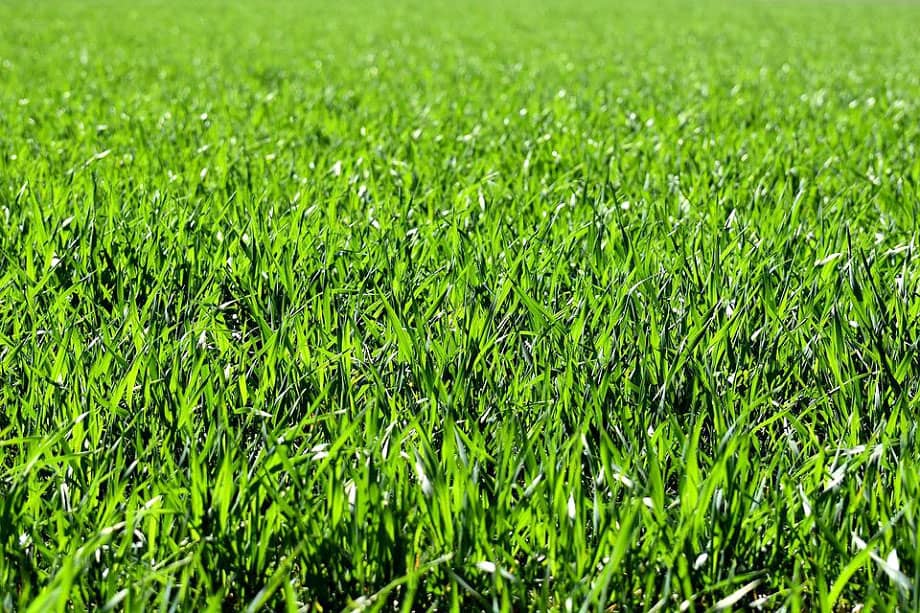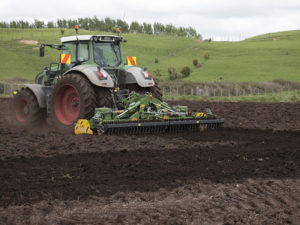Open pastures may seem the simplest of agricultural practices but these blank canvases can be complex and their management can vary widely depending on their purpose.
Whether you’re a farmer of meat or crops, a contractor, grower, horse trainer, or owner of a vineyard or orchard, you’re sure to benefit from Farmgard’s expertise. Our range of equipment from renowned companies such as Abbey, Berti, Celli, RZ and Stanhay will also help to maintain healthy grassland in any environment.
But if this blog doesn’t tick every box for you, make sure to get in contact and let us know how we can help you further.
Healthy Grass for Healthy Cows
For the purposes of this blog – as grassland has a variety of uses – we will focus on the efficient management of grassland for cattle because they require very healthy grass. However, cows also pose an issue by damaging the soil with their weight and abrasive hooves. This combination makes them the perfect challenge in well-managed grassland.
According to the United States Department of Agriculture, attributes of healthy pasture include soil stability, hydrologic function, biotic integrity, and livestock sustainability.
Essentially, the ability for land to store and release water without losing too much soil in runoff is critical to maintaining an environment where flora and fauna can flourish.
So how can we ensure this is the case on our farmland?
Weed Mitigation
Weeds compete with grass for moisture, nutrients and sunlight and negatively affect overall land productivity.
To combat this takes an ongoing effort and effective habits such as cropping, herbicides and grazing.
This will involve identifying what problem weeds you might be dealing with and enacting the appropriate measures. Some weeds will be removed easier with herbicides than with cropping, while the growth of others might be aided by overgrazing.
Speak to one of Farmgard’s experts or a professional agronomist to further understand how each weed might react to these measures.
Grazing Management
The longevity of your plants and animals will be largely determined by whether your cattle are left to their own devices or a system is established to maintain healthy grass.
There are many management systems to choose from and there’s sadly not one perfect answer. The system you choose may change from season to season or it could depend on cattle tendencies, grass type and a range of other factors.
In order from least to most laborious, these systems include continuous, rotational, strip, and mechanical grazing.
Better grazing management will ensure that your cows are eating the best grass – keeping them healthy and profitable – while your pastures aren’t overworked in the long-term.
Especially in the lead up to winter, it’s important to give your grass 1-2 months to recuperate after being grazed, restoring energy before hibernating for winter.
Soil Testing
You can’t maintain healthy grass if you don’t understand the composition of the soil beneath.
Only once soil testing has been undertaken can you take measures to keep it stable and healthy using fertiliser and other additions.
Tests and subsequent action should work to regulate ph levels as well as phosphorus, sulphur, carbon, potassium and levels of various other minerals.
Feel Confident With Farmgard
Farmgard has so much more to offer on efficient grassland management, so get in touch to learn how you can improve your pastures with the right tools and knowledge.
To speak to someone at Farmgard about our products and services, call 1800 FARMGARD today. We are available to give advice 24 hours!


